When starting out with photography, many beginners are obsessed with bokeh. This is especially true in portrait photography. Who doesn’t like the creamy smooth background? But, you shouldn’t always take portraits with the aperture wide open. Professional portrait photographer Miguel Quiles shares why he often shoots portraits at higher f-stops:
Lenses that open up to wide apertures, like f/1.4, cost a ton. So, when you finally decide to get one for yourself, why would you use it at values like f/8 or f/13? You could totally do that with a cheaper lens, right?
Understanding Aperture and Depth of Field
Aperture
Aperture is the size of the opening in the diaphragm of the lens. At its smallest value, the iris will open up the widest and allow maximum light to enter through the lens. And at its greatest value, the iris size will be the smallest, allowing minimal light to enter.
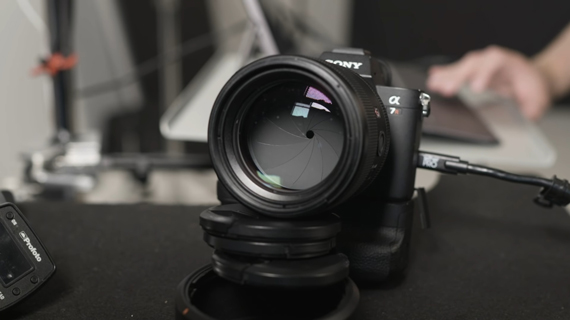
“If you’re photographing somebody wide open, you’ll get them in focus and the background will blur away based on the aperture you’ve chosen.”
Depth of Field
“Depth of field is the distance between the nearest and the farthest objects that are in acceptable focus.”
Aperture and depth of field have an interesting relationship of their own. If you shoot with wide open aperture, you’ll end up with an image having a smaller depth of field. This means that less of the image will be in acceptable focus. Contrarily, if you shoot with a narrow aperture, the image will have a greater depth of field i.e. it will have more areas in focus.
However, it’s not only aperture that affects depth of field. Besides aperture, depth of field is also affected by the focal length and the subject focus distance. To demonstrate the relationship between aperture and depth of field with the subject focus distance remaining constant, Quiles takes different images at varying aperture values. The result is quite predictable.
As Quiles demonstrates in the video, with an 85mm lens, the depth of field increases from 0.64 inch to 2.56 inches when stepping it down from f/1.4 to f/5.6 with the subject placed at 4ft from the sensor. And when the aperture is stepped down all the way to f/11, the depth of field goes up to 5.13 inches. In simple words, it means that more of your image will be in focus when the aperture is stepped down.
Controlling Depth of Field in Portrait Photography
Now you know that depth of field dictates the range at which the image will be acceptably sharp. Thankfully, you can choose in-camera where you want to have the subject in focus. This can simply be done by placing the focus point on the subject. More particularly, in portrait photography, you want to have the subject’s iris in focus.
To test out how the sharpness is affected with the lens is wide open vs. when it is stepped down, Quiles uses two lenses viz. the 85mm 1.8 and 70-200mm 2.8 at 150mm. While he sets the stepped down aperture value to f/11 for both the lenses, he sets the wide open aperture value to f/1.4 for the 85mm lens, and f/2.8 for the 70-200mm lens. Also, to ensure that the composition from the lens at 150mm is similar to that from the 85mm lens, he sets the subject focus distance to 5.7ft for the longer lens.
85mm lens at f/1.4
As expected, the eye that Quiles had focused on looks sharp and detailed. However, since the other eye was on the same plane as well, both of the eyes have turned out sharp in this case. Had the model turned a bit sideways with one eye slightly closer to the lens than the other, both the eyes wouldn’t have been in focus. While the eyes are in focus, the bridge of the nose and the hair is out of focus. In fact, anything that’s in a different plane than the eyes seems out of focus.
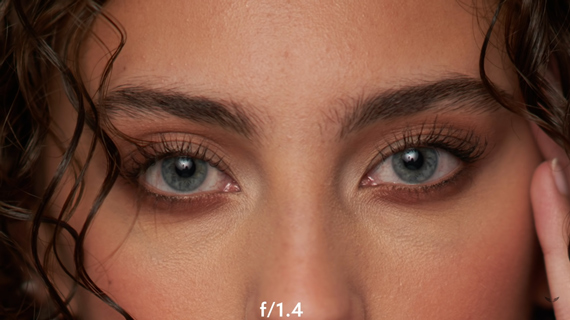
85mm lens at f/5.6
The shot that was taken at f/5.6 has a lot more details than the one shot at f/1.4. Even the eyeball has more details at f/5.6. The skin reveals more texture, and more of the subject’s hair is in focus. And as expected, the background is more blurred out when shot at f/1.4, but at f/5.6 the background is still blurry to some extent.
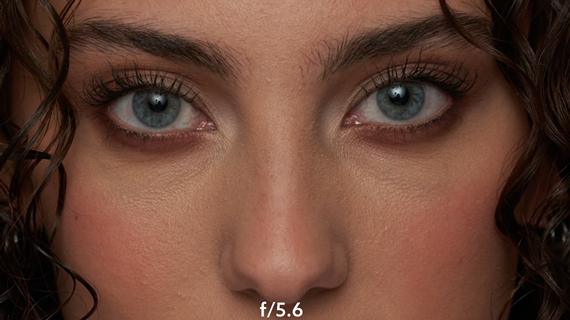
85mm lens at f/11
At f/11, the depth of field is even greater. This means more of the subject’s face will be in focus. Thus the skin will appear more detailed and textured. Also, a greater portion of the subject’s hair turns out to be in focus at this aperture setting. Furthermore, the depth of field is so great at this point that even if the two eyes are in different planes, they are still in focus.
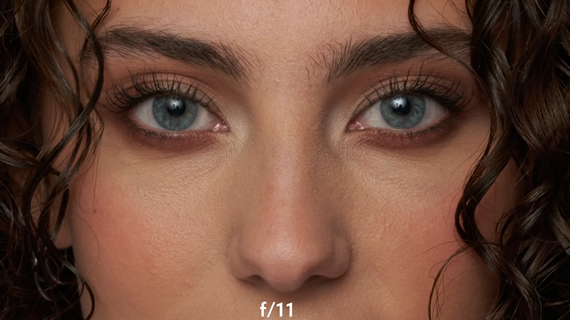
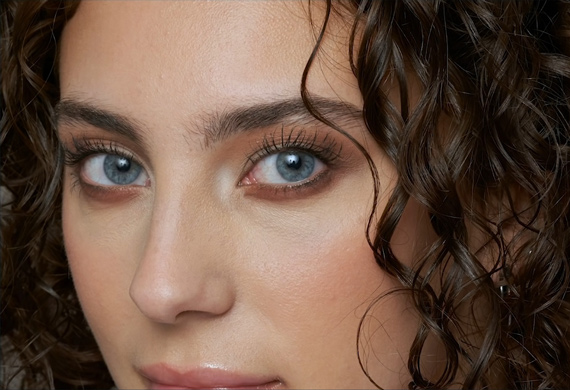
So, if you want to consider having the model facing sideways and you don’t want to risk focus, it is a good idea to shoot at a greater f-stop number like f/11.
The results are the same when Quiles compares the different images that he took with the 70-200mm lens at 150mm with the apertures set at f/2.8 and f/11. Images turn out more detailed, full of textures, and sharp when shot at higher f-stop numbers than when shot wide open.
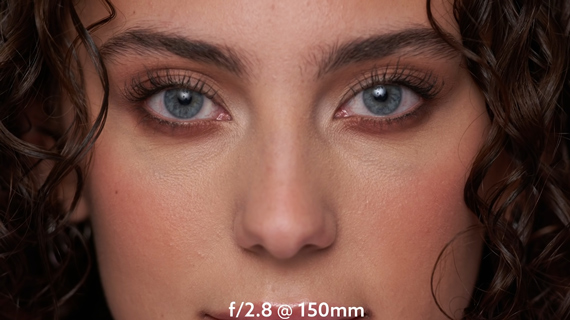
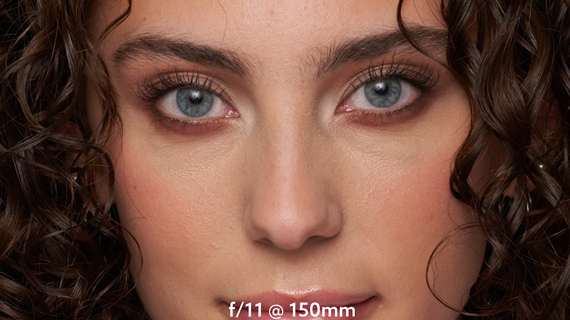
Should you always shoot portraits with the aperture wide open? The answer is simple. If you need greater textures and details baked right into the raw file, then go for smaller aperture settings. But, if your aim is to have smoother looking skin, and if you don’t care too much about the details, then feel free to shoot wide open.
Go to full article: Understanding Portrait Aperture Adjustments
What are your thoughts on this article? Join the discussion on Facebook
PictureCorrect subscribers can also learn more today with our #1 bestseller: The Photography Tutorial eBook
The post Understanding Portrait Aperture Adjustments appeared first on PictureCorrect.
from PictureCorrect https://ift.tt/2IHg4af
via IFTTT






0 kommenttia:
Lähetä kommentti